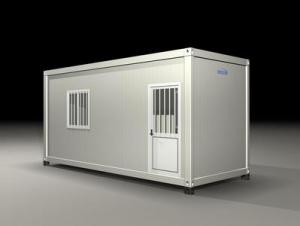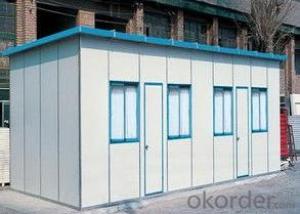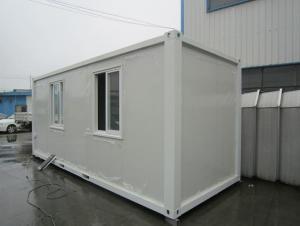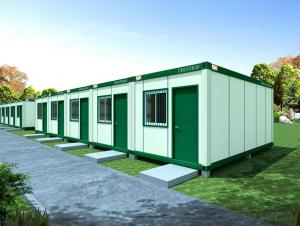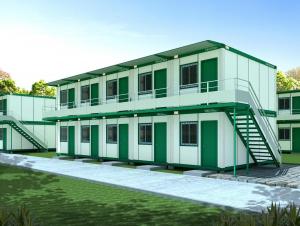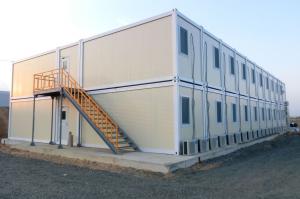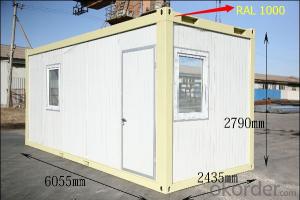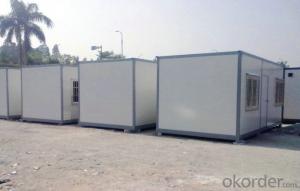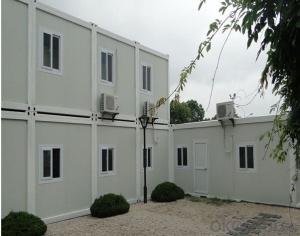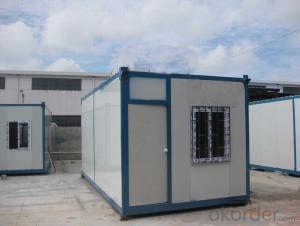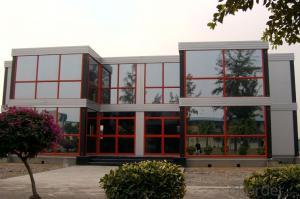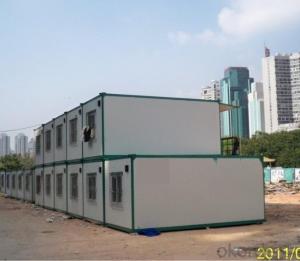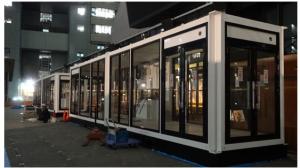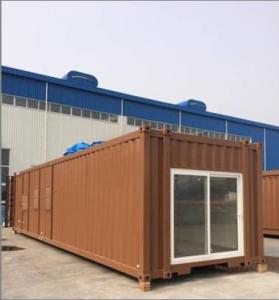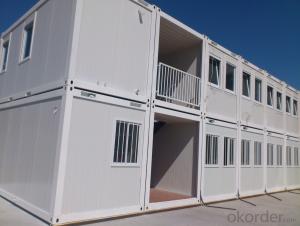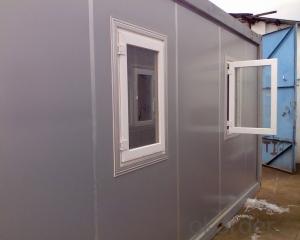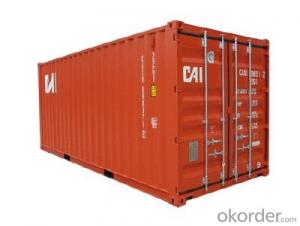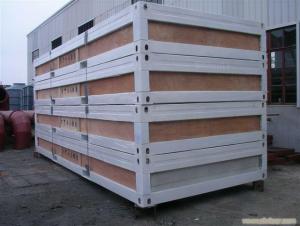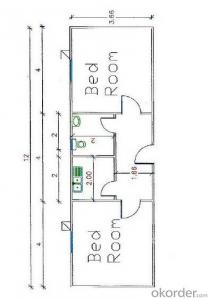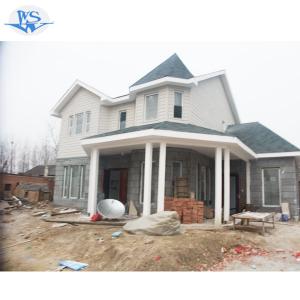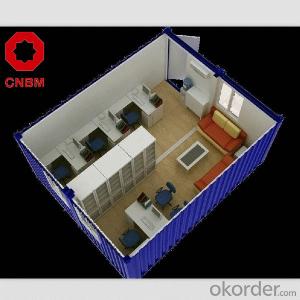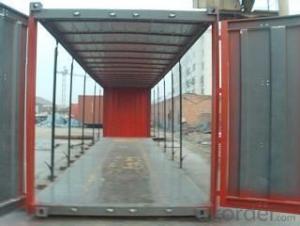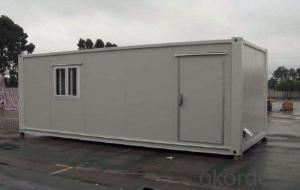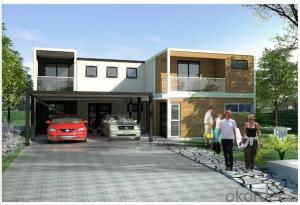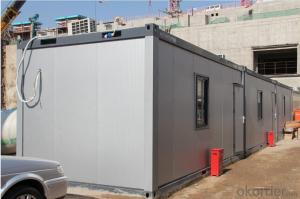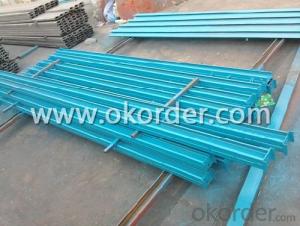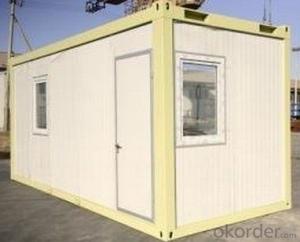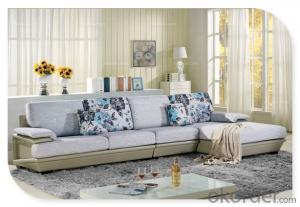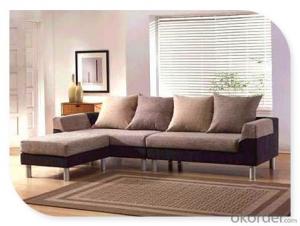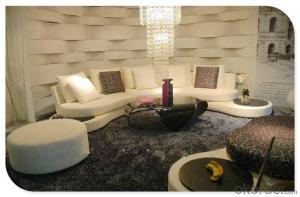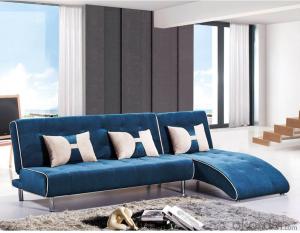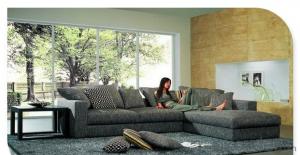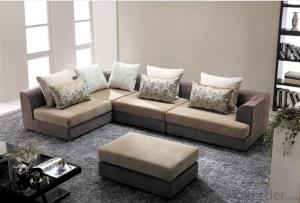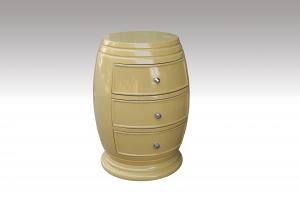Contemporary Container Homes
Contemporary Container Homes Related Searches
Container Construction Homes Contemporary Prefab Homes Modern Trailer Homes Prefab Cargo Container Homes Finished Container Homes For Sale Contemporary Roofing Materials Used Shipping Container Homes For Sale Modern Cabin Kits Old Containers For Sale Conex Containers For Sale Flat Pack Log Cabin Homes Conex Homes For Sale Steel Modular Homes Modern Home Bars For Sale Containment Liners Modern Commercial Carpet Soundproofing Homes Steel Homes Stand Up Storage Containers Interior Composite Doors Contemporary Stone Sculpture Prefab Houses Steel Building Homes Contemporary Garden Pots Lorry Containers For Sale Prefabricated Housing Modules Mobile Home Models Fine Home Textiles Garden Summerhouse With Storage Large Metal Containers For SaleContemporary Container Homes Supplier & Manufacturer from China
Contemporary Container Homes are innovative and sustainable living spaces that have gained popularity in recent years. These homes are constructed using repurposed shipping containers, which are transformed into comfortable, modern, and eco-friendly dwellings. The unique design and construction of these homes offer a variety of benefits, including affordability, durability, and adaptability to different environments. The application and usage scenarios of Contemporary Container Homes are diverse, ranging from residential living to commercial spaces, temporary housing, and even as pop-up shops or cafes. They can be easily customized to suit individual needs and preferences, making them a versatile choice for various purposes.Okorder.com is a leading wholesale supplier of Contemporary Container Homes, boasting a large inventory to cater to the growing demand for these sustainable living solutions. As a reputable supplier, Okorder.com ensures that their Contemporary Container Homes are of high quality and meet the needs of customers worldwide. By offering a wide range of designs and customization options, Okorder.com enables clients to find the perfect Contemporary Container Home that fits their specific requirements and preferences. With their extensive experience in the industry, Okorder.com is committed to providing excellent customer service and support, ensuring a smooth and hassle-free purchasing process for their clients.
Hot Products

